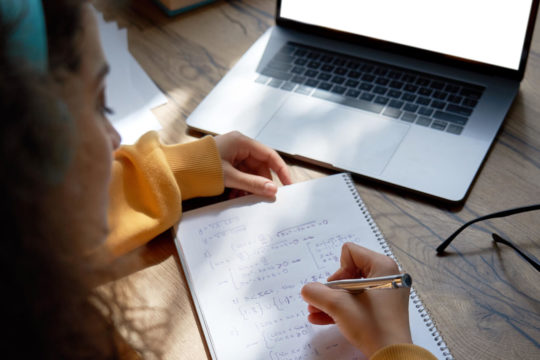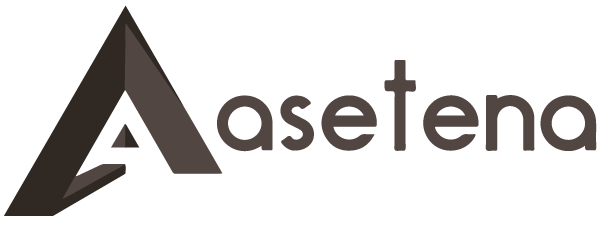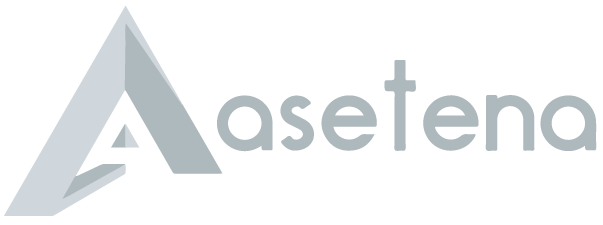How to prepare lesson note

Effective teaching and learning do not just
happen, they are a product of planning.
The quality of teaching is enhanced
greatly by planning. Every good teacher
should plan his lessons well before giving
them. If proper planning takes place,
teaching is enhanced. The lesson note is
the main tool of the teacher in the
teaching-learning process.
It is compulsory for teachers in both public and private schools to know how to plan their classes ahead. The frequency of these plans is often determined by school policies or government requirements. The teacher can be required to present their teaching plans per week or per term. This why it is necessary for teachers to know how to properly put their teaching notes and plans together.
Preparing a lesson note is a great way to ensure that you get the most out of your lesson, and ensure that you are able to share your knowledge with others. Whether you are a teacher, a student, or a parent, lesson notes can be a great way to help you stay organized and focused on the task at hand.
What is a lesson note
A lesson note refers to a document where the teacher basically indicates the flow of the lesson and its effect on the learners. Most often, a lesson note is a handwritten document where the teacher documents what is being taught and activities the students are going to engage in.
What is the difference between lesson plan and lesson note?
A Lesson plan is a drawing of the steps/actions through which a teacher expects to teach a class to attain the objectives of that class without unnecessary details whiles a lesson note is a detailed explanation of the steps/actions or a reminder of what a teacher should do.
Features of a good lesson note
- Date and time of the lesson
- Statement of learning objectives
- Introduction of the lessons
- Teacher Activities
- Pupils’ Activities
- Teaching Methods/ Techniques
- Teaching Materials/ Aids
- Evaluation/ Lesson conclusion
- Summary of lessonSummary
How to prepare a lesson note
1. Type of lesson note needed
Start by deciding what type of lesson note you need. Depending on the situation, you might want to create a lecture-style note, a study guide, or a combination of both.
2. Write down the main points of the lesson
It’s important to make sure that you are clear on the topics that you want to cover. Keep a few blank pages in your notebook or on your computer so that you can add any more information that you may think of during your lesson.
3. Include any visuals that you may need
This could include diagrams, pictures, videos, or other types of visuals. If you are using a lesson plan, make sure to include the visual aids that you plan to use in the lesson.
- Advertisement -
4. Include any key takeaways
Sometimes, when we go over a lesson, we forget the important points and key takeaways. Make sure to include them in your notes so that you can quickly refer back to them.
5. Review your lesson note
Before the lesson, it’s important to review your note to ensure that all of the information is accurate and up to date.
What are the main parts of a lesson note?
Below are six components often found in lesson plans that you can try using when planning your own lessons.
- Objective.
- Materials.
- Background knowledge.
- Direct instruction.
- Guided teaching.
- Closure and assessment.
What is a good introduction for a lesson?
Explain the objectives of the lesson and how they are going to be achieved. It is also very important to explain the significance of the objective and how it will benefit the students. In other words, tell students how the lesson can help them in situations outside of class.
Keywords in a lesson plan?
Some of the keywords in a lesson plan are as follows;
Apply
Build
Choose
Construct
Develop
Dramatize
Experiment with
Identify
Illustrate
Interview
Make use of
Model
Operate
Organize
Plan
Practice
Schedule
Select
Solve
Utilize.
Final words
By following the above tips, you will be sure to have a well-prepared lesson note that is sure to benefit you and your students. Preparing a lesson note can be a great way to ensure that you are able to share your knowledge with others.


